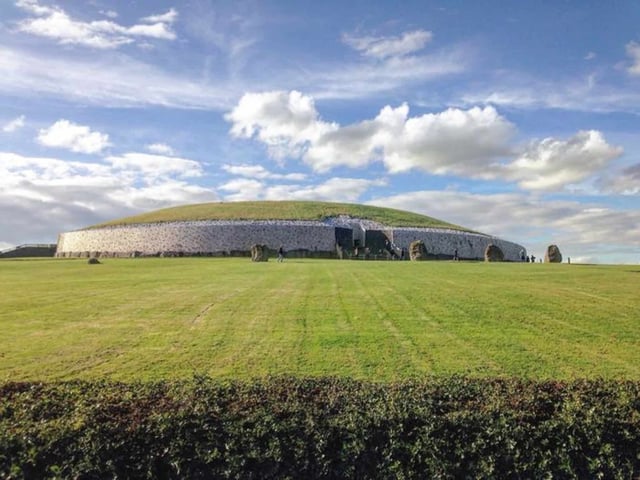Overview
- A study published in Antiquity finds the NG10 skull from Newgrange to be the sole documented case of incest in Neolithic Ireland with no similar unions identified elsewhere
- Genetic clustering in Newgrange and other passage tombs corresponds to distant kin relationships such as second cousins and great-great-great-grandparents rather than immediate family
- Consistent diets, uniform dwellings and absence of large-scale craft production point to an egalitarian society without concentrated wealth or power
- Uncertainty over the original interment of the NG10 fragment undermines arguments for its association with a hereditary elite
- Researchers urge a community-focused interpretation of passage tombs to understand their social significance without imposing dynastic models

